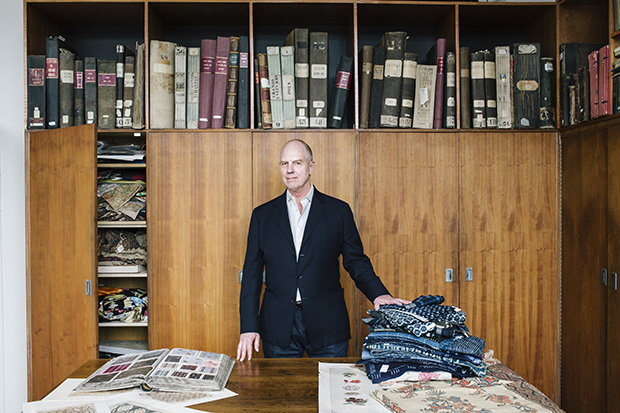
Meet Peter Koepke and his secret pattern library
Discover how Koepke's Design Library has, for decades served as the fashion business's secret inspiration source
Today’s designers find their inspiration in many different places: on the streets of our cities, via posts on social media, and via each other’s shows and collections. However, there is a rich, and little-known source of sartorial inspiration just an hour and a half’s drive north of Manhattan. The world’s largest and most rigorously organized repository of fabric patterns is housed in the archives of the Design Library, a twelve-thousand square-foot loft in a converted 1907 fabric mill in New York’s Hudson Valley.
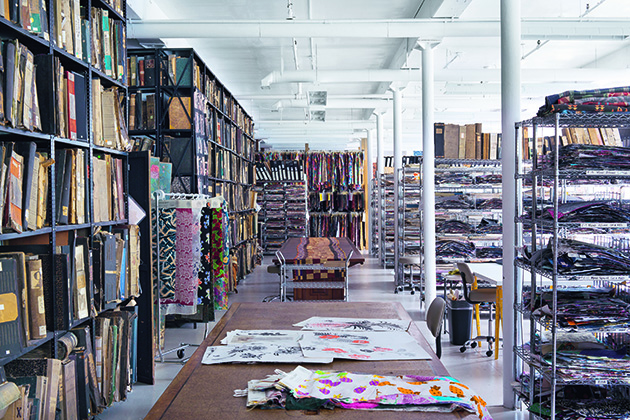
As we explain in our new book Patterns: Inside the Design Library, this huge facility holds more than seven million antique, vintage, modern, and contemporary textiles and swatches, painted patterns, wallpapers, embroideries, yarn dyes, pattern books, and production records of important mills, dating from the 1750s to the present.
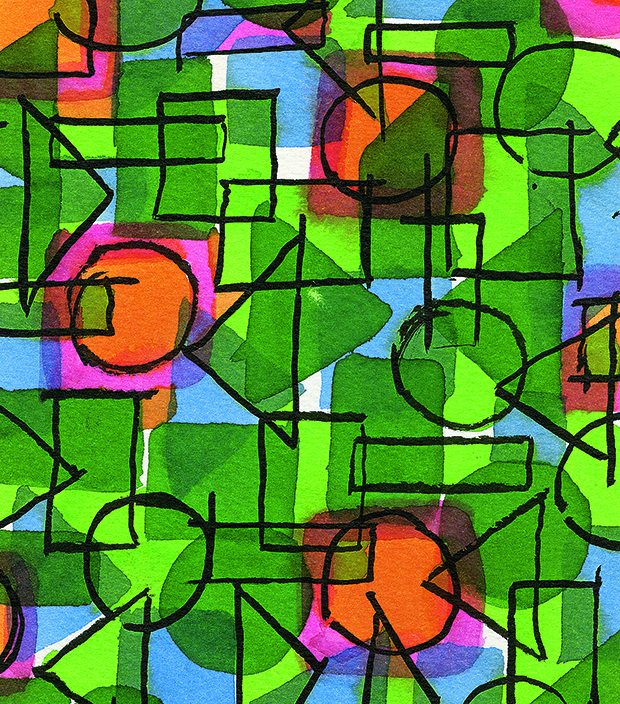
“A creative hub for designers, the Library sells and licenses its materials for use in the fashion, home furnishings, textile, wall covering, graphic arts, and paper product industries. More than ten thousand designers access the pattern collection each year.”
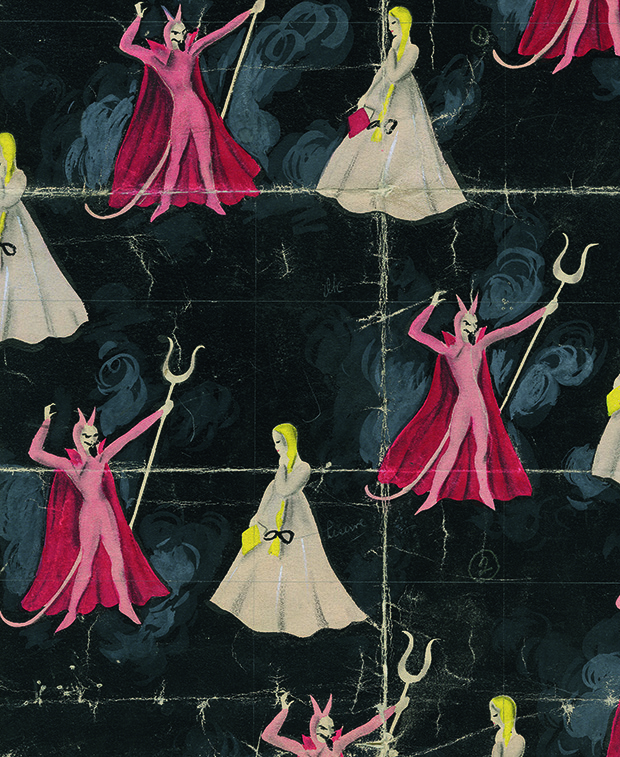
The Design Library was founded in 1972 by Susan Meller, a textile designer, and her husband, Herb, an investment banker, and acquired in 2002 by Peter Koepke, a specialist in textile art, who actually began working for the Design Library in 1990.
Since his acquisition, Koepke has developed the library into the international industry resource it is today, providing viewing sessions at its headquarters in the Hudson Valley and its branch in London, personalized visits to client offices and studios, and online access to its growing, hugely varied archives.
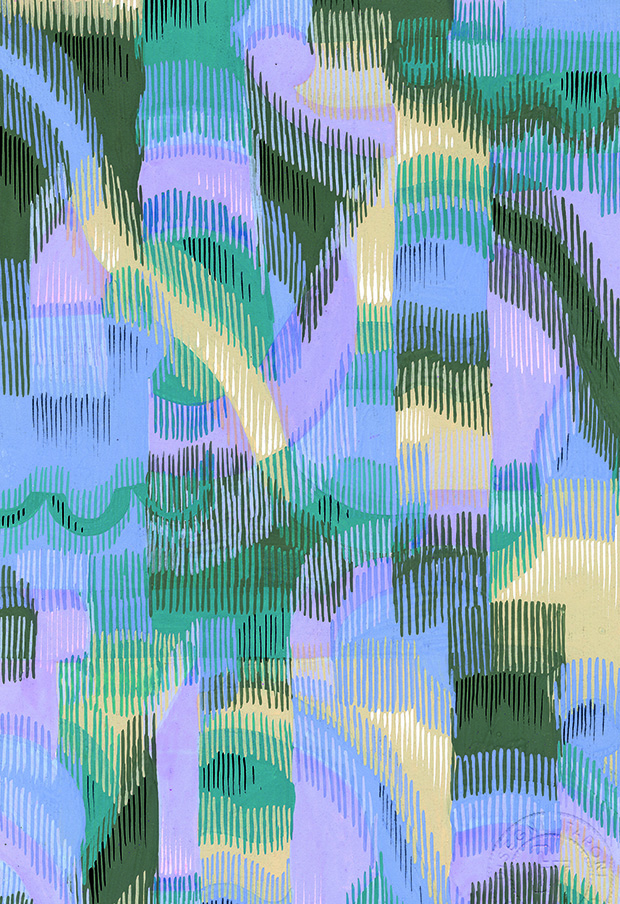
“Among the Design Library’s notable holdings are massive books of eighteenth-century paper impressions from the French firm Oberkampf & Cie., considered to be the first modern print-works, as well as design collections from Bianchini-Férier, Yves Cuvelier, Giorgio Taroni Disegni, Studio François Ducharne, and Studio Tucano. Bianchini-Férier, known for producing the world’s most luxurious silks, created designs for Balenciaga, Chanel, Dior, Feraud, Givenchy, Laroche, Nina Ricci, Scherer, and Yves St. Laurent, among others — but perhaps more interesting are its collaborations with artists such as Raoul Dufy, the brilliant Fauve painter.
Iconic designer Yves Cuvelier produced beautiful, quality cloth for the high-end home furnishings industry from the 1950s through the 1970s. Taroni Disegni created scarves for Oscar de la Renta for more than fifteen years, as well as a memorable and very successful series of floral designs with roses and callas for Valentino. Ducharne, a silk factory founded in 1920, produced many silks for Madeleine Vionnet and Elsa Schiaparelli. Beppe Spadacini, founder of Studio Tucano, who planted numerous varieties of palm trees at his home in Bali, is one of the most copied designers of tropical patterns. His studio has also created paisleys for Etro and status prints for Versace.”
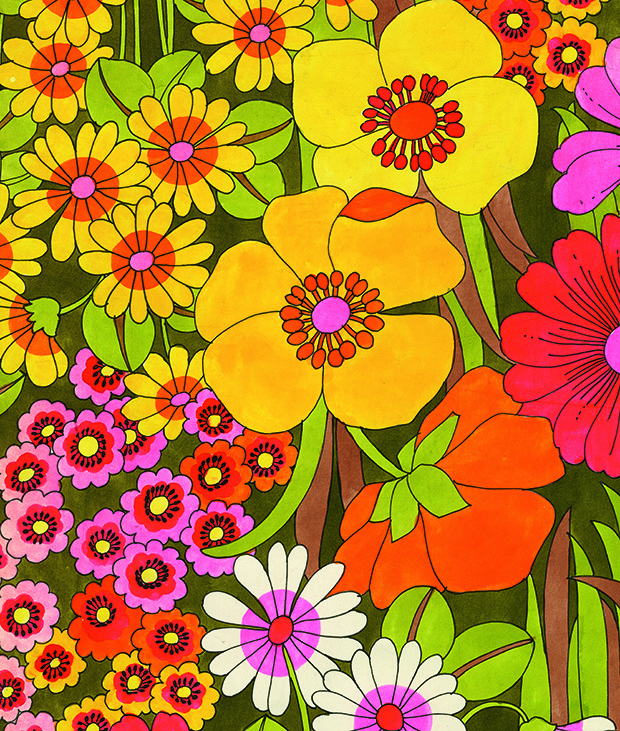
"The vast majority of designs held in the collections of the Design Library are unsigned, the work of anonymous artists who created entire collections each season for the textile industry, resulting in book upon book of textile samples that have been hidden away for centuries."
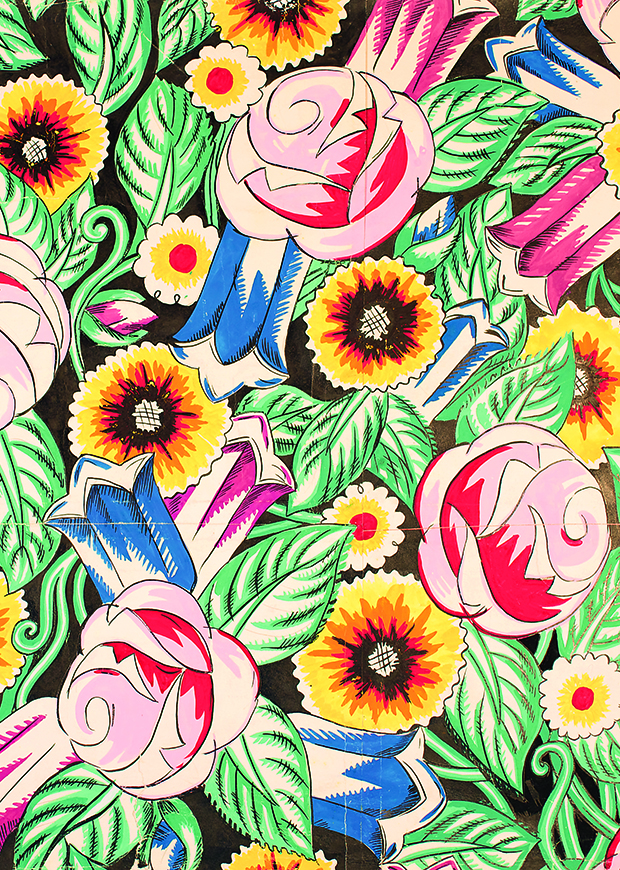
Next time you see an antique-looking floral summer dress, a batik beach bag, or a wild, impressionistic pair of yoga Capris, remember there is a good chance the inspiration for the piece came via Peter’s huge, little-known pattern library, that’s fed the fashion world’s imagination for decades. To see more and learn about the library, order a copy of Patterns here.